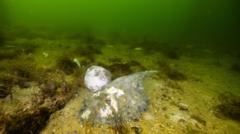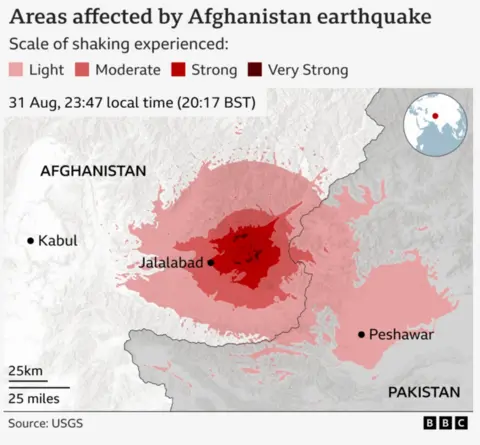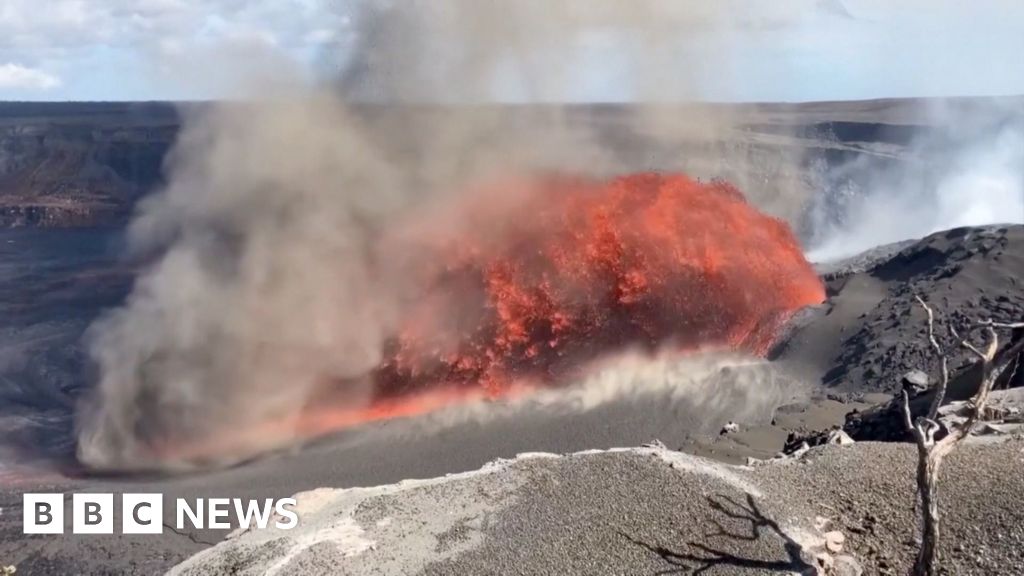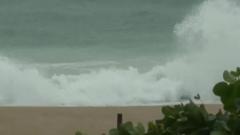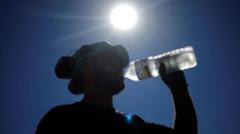A catastrophic algal bloom that has transformed the once pristine waters of South Australia into a toxic green wasteland has been classified as a "natural disaster" by the state’s Premier, Peter Malinauskas. The bloom, which began spreading in March, has now expanded to an alarming size, covering an area twice the size of Australia’s capital territory and resulting in the death of over 400 marine species.
Despite the gravity of the situation, the federal government has refrained from officially designating the event as a natural disaster—a classification traditionally reserved for severe storms, floods, and bushfires. Instead, it has launched a support package totaling A$14 million ($9 million; £6.7 million), which the state government intends to match. The funding is earmarked for research, cleanup efforts, and support for affected local industries.
Algal blooms occur naturally; however, their recent prevalence has been exacerbated by factors such as climate change, marine heatwaves, and nutrient pollution. "This is a natural disaster and should be recognized as such," Premier Malinauskas asserted during an interview with the ABC. He emphasized that political discretion regarding terminology can hinder appropriate action during crises.
Local Greens Senator Sarah Hanson-Young criticized the federal government for what she perceives as a minimization of the crisis’s impact. "If this toxic algal bloom were affecting Bondi Beach or the North Shore in Sydney, the prime minister would have already been on the beach with a response," she argued, highlighting perceived disparities in government urgency.
Environment Minister Murray Watt acknowledged the unsettling consequences of the bloom but maintained that it does not fulfill the criteria of a natural disaster under existing laws. The algae bloom has stretched from Coorong to Yorke Peninsula, causing havoc along the coastline with strewn dead fish and impacting the local economy. Operators from the fishing sector report significant losses, with some fishermen out of income for over three months.
"I'm receiving calls from distressed fishermen," noted Ian Mitchell, an industry intermediary, stressing the dire situation facing local fishers, while nonprofit OzFish representative Brad Martin likened the situation to a "horror movie for fish."

